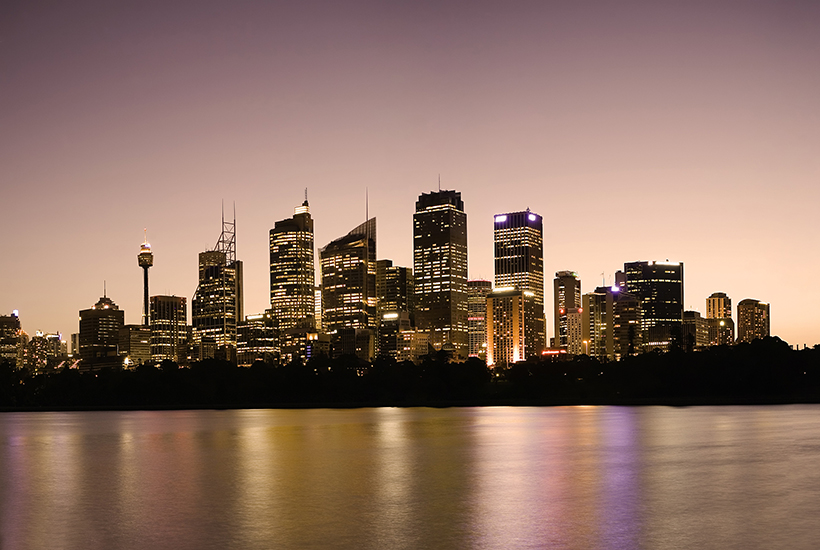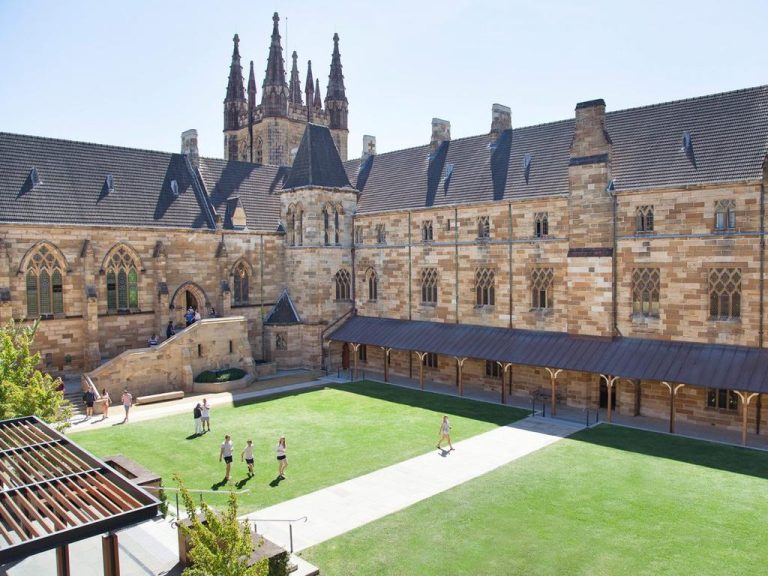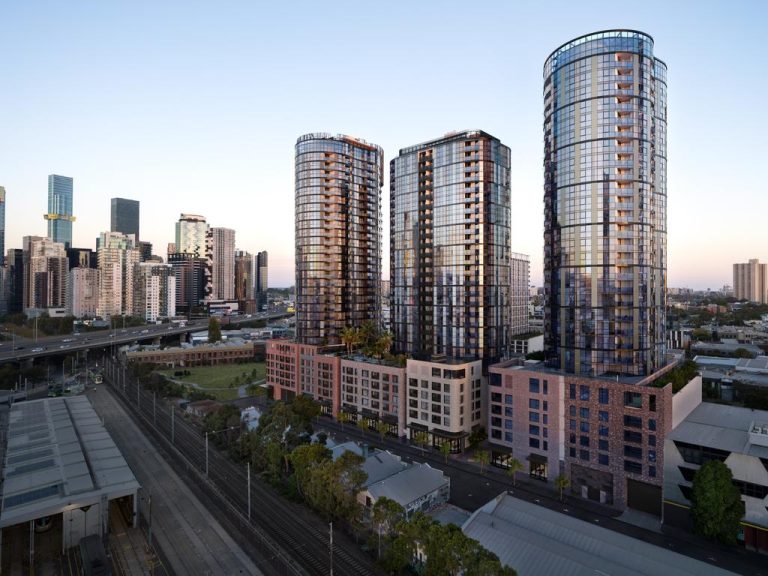Property industry now Australia’s No.1

Australia’s property market may be cooling after a five-year boom but the economy is still reaping the benefits.
Analysis by AEC Group, released yesterday shows the $202 billion property industry is now the country’s biggest employer, overtaking healthcare and social assistance.
More than 1.4 million people work in the property industry in jobs ranging from construction to finance and real estate services.
Commercial Insights: Subscribe to receive the latest news and updates
The figure represents a 22% increase on 2013-14 data, and suggests one in four wages now rely on the industry.
“Our industry is making a huge contribution to the livelihoods of individuals and families across the nation,” says Property Council chief executive Ken Morrison. “These are white-collar and blue-collar jobs, from high finance to skilled trades, and from construction to the managers of the most sophisticated commercial properties.”
There’s one in four Australians whose wages are reliant on the property industry — you don’t want to put those at risk
A breakdown of the property industry’s economic contribution and employment by federal electorate, shows the division of Sydney is the undisputed property capital of Australia. More than 50,000 property-related jobs were based in the electorate, which generated $14.6 billion for the local economy.
The Melbourne electorate was not far behind, with 49,235 full-time equivalents working in an $11 billion industry.
Brisbane was third, with the property industry worth $6.2 billion and employing 41,110 people.
Morrison says that as well as generating billions for the economy, the industry is also “paying its fair share of taxes”.

Property Council chief executive Ken Morrison. Picture: Sam Mooy.
The report revealed almost $90 billion in taxes were paid by the property industry to local, state and federal governments in 2015-16.
State governments took the lion’s share in the form of payroll and land taxes and transfer duties, worth $34 billion.
Another $28 billion went to the federal government by way of capital gains tax, company income tax, the GST and other property-related taxes.
And local governments collected $27 billion in rates and development application fees and charges. “We know property taxes are very high in this country, and higher than many comparable OECD countries,” Morrison says.
“We also know there is a link between the taxes you impose on the creation of new housing and the affordability equation.”
He urges governments to be “very careful” not to overtax the industry.
“There’s one in four Australians whose wages are reliant on the property industry — you don’t want to put those at risk,” Morrison says.
Despite the recent cooling of property markets, employment is expected to remain strong, he adds. “The fundamentals of the Australian economy means property is going to be a significant driver,’’ Morrison says.
“What it contributes in terms of housing and commercial space is vitally important. The other part of the industry is the financial security it provides to people through owning their own home, investing in property and those who have a stake in the industry through their superannuation.”
Master Builders Australia CEO Denita Wawn says her organisation is expecting another big year in construction despite a forecast moderation in dwelling approvals. “Typically, movements in residential building approvals data show up in building activity six to 12 months down the track,” Wawn says.
This article originally appeared on www.theaustralian.com.au/property.







